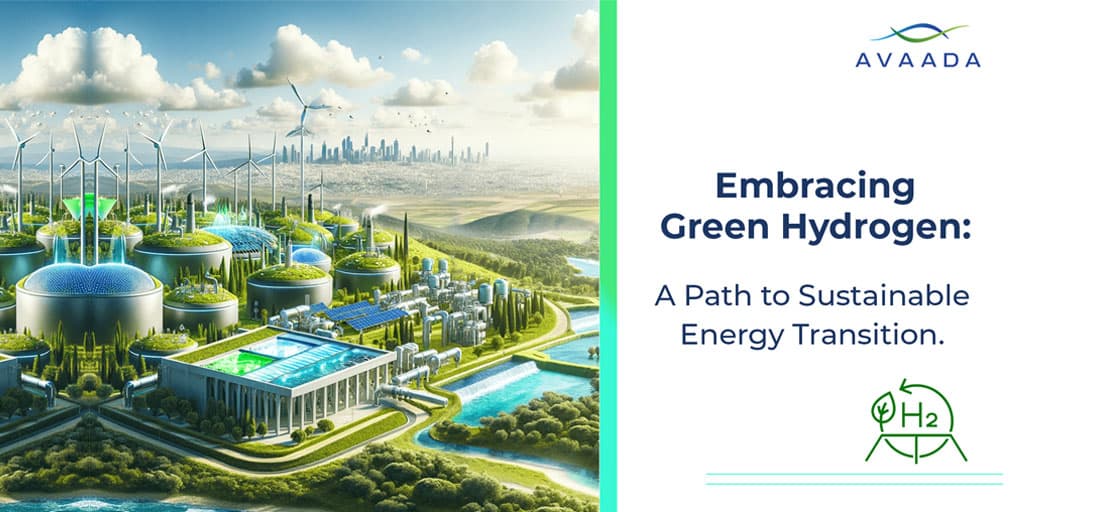“Green hydrogen isn’t just a fuel; it’s a promise of sustainable energy independence.”
Currently, the world is actively discussing the advancement in Green Hydrogen, and India is at the forefront of this revolution. However, to truly unlock its true potential, we need to be a global village, not isolated kingdoms. But unless the developed nations lead and create global demand for ‘Green Molecule’, the potential would remain untapped. Like any emerging industry, the regulatory framework must act as an enabler for the industry, such as the Renewable Purchase Obligations introduced by the Indian government. Additionally, there exists no internationally agreed terminology, methodology, regulation, or carbon-intensity threshold for the categorization of different hydrogen production methods and a common framework for the carbon markets. So, it creates confusion for both producers and consumers.
So, how do we bridge these gaps? Here are my thoughts:
1) Tapping the True Potential of Green Hydrogen: Green hydrogen is at the epicentre of the battle against global warming. Through electrolysis and biomass gasification, it can be used to decarbonize a wide range of hard-to-abate industries like marine transportation, steel, and the heavy-duty transport sectors. The world is making great strides in decarbonization, with technologies advancing and markets growing. But to realize its full potential, developed countries must lead the way and create a strong demand for green molecules.
2) Democratizing Technology: Experts worldwide must contribute to accelerate innovation and drive down the costs of Green Hydrogen. This could be achieved by the Indian government’s open-sourcing Solid Oxide Electrolyzer Cell and Anion Exchange Membrane technologies instead of offering production incentives. It aligns perfectly with Prime Minister @narendramodi’s vision of “Vasudhaiva Kutumbakam” – the world as one family.
3) A Thought for Global South: Developed nations has more resources to incentivize green initiatives. But what about the global south? That’s exactly where the UN framework for environmental trade under Article 6.2 comes onto the surface. It allows for green molecule trade between developed and developing nations, creating a plateau where countries like India, can then become global suppliers.
4) Collaboration is the Key: To accelerate progress, open-sourcing electrolyzer technology could be a game-changer. Just like how LINUX pioneered the open-source software development model, and it encouraged global collaboration, transparency, and continuous improvement ensuring a global development community, I propose open-sourcing electrolyzer technology. It would democratize access to knowledge and expertise which will significantly expedite advancements and drive down the cost of green hydrogen production in India.
5) India’s Ambitious Green Revolution: India’s Path to Green Hydrogen India’s journey to Green Hydrogen is a testament to India’s leadership and commitment. Led by Shri R K Singh, the country has set a target to generate 5 million tons (MT) of green hydrogen by 2030. Not only is this ambitious goal a game-changer for technological innovation, but it also provides economic growth and job opportunities for millions of people. Through initiatives such as the SIGHT Scheme and investments in R&D, India is building the foundations for a sustainable and green future.
6) Overcoming Regulatory Hurdles in GH2 Adoption: While developing countries must take the lead in developing a global demand for ‘green molecules’, adopting green hydrogen presents several hurdles due to strict regulatory policies. For example, the European Union has a rule that put electron to molecule matching on an hourly basis instead of quarterly basis making their import target almost next to impossible. Despite its good intentions, this strategy unintentionally excludes possible providers, such as India, which has a unified national grid that can bank green electrons. This reminds me of the age-old saying that- Perfect is the enemy of good!
Conclusion
As we consider the path forward, one question arises: Are we prepared to welcome the future of Green Hydrogen and bring in a new era of environmentally friendly energy? Our combined efforts, our desire to work together, and our dedication to leaving a legacy of prosperity and a clean environment are the answers. So, remember, when we come together and share our knowledge, we build a robust supply chain- one that ensures Green Hydrogen illuminates not just India, but the entire planet!








